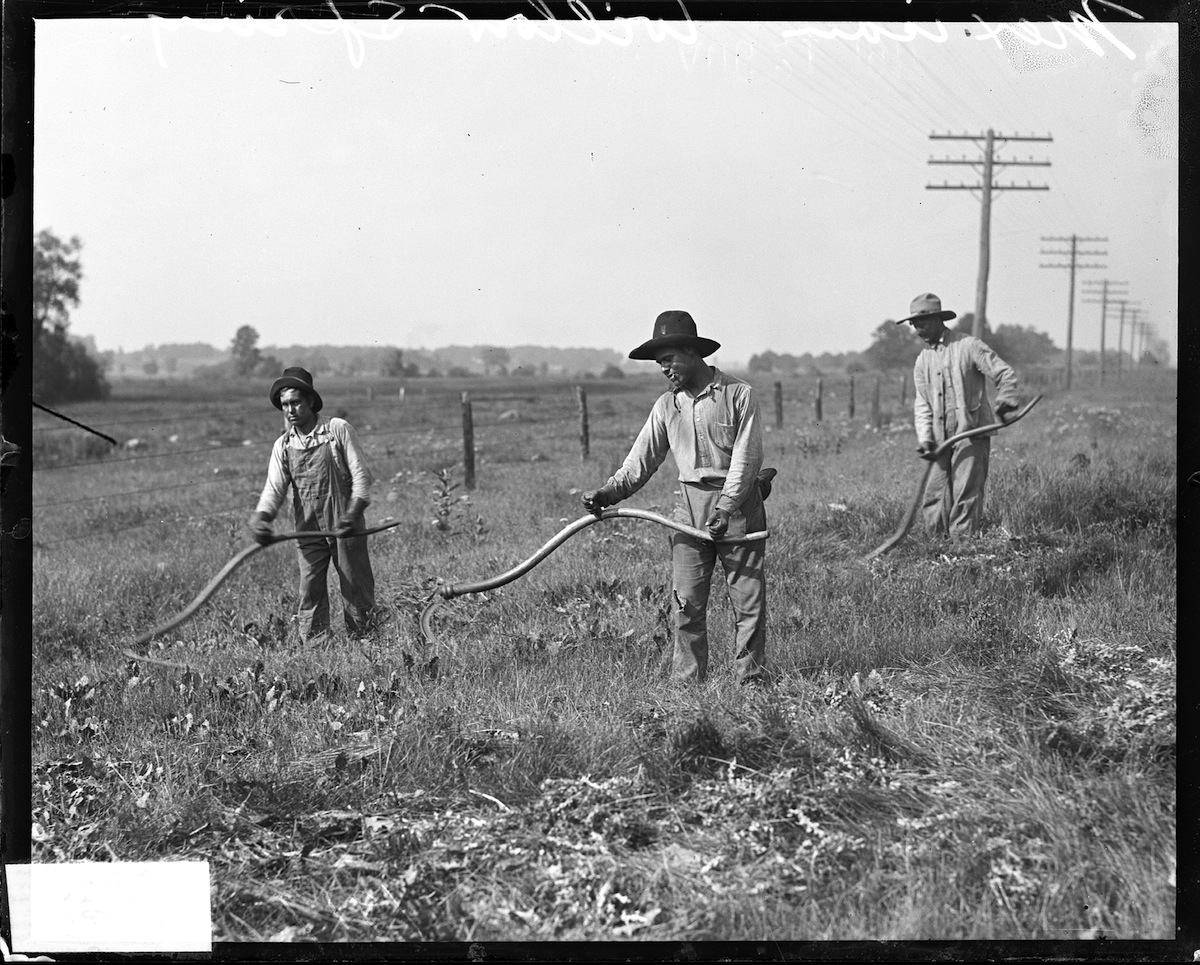One of the nations that briefly surpassed the United States in per capita income was its immediate neighbor, Canada. Exploiting its vast hydroelectric resources and oil and mineral wealth, Canada had become a major industrial nation.
Between 1954 and 1959 the United States and Canada built an extensive new seaway to join the Great Lakes with the St. Lawrence River, so that Canadian and mid-western goods could flow to world markets more readily. Yet Canada increasingly asserted an independent foreign policy—independent of both Britain and the United States.
Its foreign minister played a major role in mediating the Suez crisis; Canada recognized and traded with Communist Cuba and China; and in the 1970s Canadian nationalist leaders were seeking to achieve greater economic independence from the United States.
But in Canada political instability threatened. French-speaking Canadians continued to lag behind English-speaking Canadians in their standard of living. Because the hundreds of thousands of immigrants were assimilating predominantly into English rather than into French Canada, French Canada felt that its language and culture were under attack.
When an Official Languages Act, which made French equal to English in all federal matters, did not satisfy French expectations and was often ignored in the English-speaking provinces of western Canada, terrorist groups kidnapped a British diplomat and killed a Quebec government official. The French-Canadian prime minister, Pierre-Elliott Trudeau (1919— ), applied emergency powers with such vigor that he further alienated the population of the province of Quebec, where a separatist movement grew in strength over the next decade.
The Parti Quebecois, committed to greater autonomy for Quebec, won much support within the province and was soundly reelected in 1981. Meanwhile, despite changes in the federal government, Trudeau continued to dominate the national political scene, and in 1980 he embarked on the delicate task of constitutional reform. Opposed by eight of the ten Canadian provinces, Trudeau found himself presiding over a nation deeply divided on fundamental issues relating to civil rights, the use of natural resources, the distribution of wealth, and the legitimacy of bi-culturalism, and in 1984 he resigned, to be followed by the Conservative party leader, Brian Mulroney (1939— ).
Though he remained in office until 1993, Mulroney fared little better with respect to inflation, the problem of Quebecois separatism, or giving Canada a clear voice in international affairs outside the North American arena. In June 1993 he succeeded in gaining Canadian ratification of the North American Free Trade Agreement with the United States and Mexico and support for the creation of a self-governing homeland in the Northwest Territories for the indigenous Inuit.
Mexico, in the meantime, was also posing a challenge to the United States. Larger and more populous than any country in Europe and point of origin for thousands of immigrants to the United States, Mexico had remained in relative poverty while experiencing political stability. The Institutional Revolutionary party had dominated since 1929; despite its title, it had consistently used strong measures to put down radical opposition. But by the 1970s Mexico’s foreign policy was tending to the left.
A reversal of reforms in land redistribution after 1976 left a substantial part of the population angry, while the great significance of oil as a bargaining chip in international affairs was giving Mexico far more authority in the world’s marketplaces.
A period of unprecedented prosperity was abruptly ended by a severe currency devaluation in 1982. Unemployment rose to nearly half the work force, 4 million peasants remained without land, and a tense controversy broke out with the United States over the treatment of illegal Mexican entrants into the American Southwest.
Always a leader in Latin America, Mexico appeared poised for significant change. With an estimated population of 92 million in 1994, and 38 percent of that population under age fourteen, Mexico was growing twice as fast as the United States; it had one of the highest rates of natural increase of any nation in the world, and the flow of illegal immigrants to the United States was steadily mounting.
By 1995 Mexico was in a state of near crisis caused by a precipitous decline in the value of its peso, an ongoing rebellion in the state of Chiapis in southern Mexico, and a series of political assassinations.

